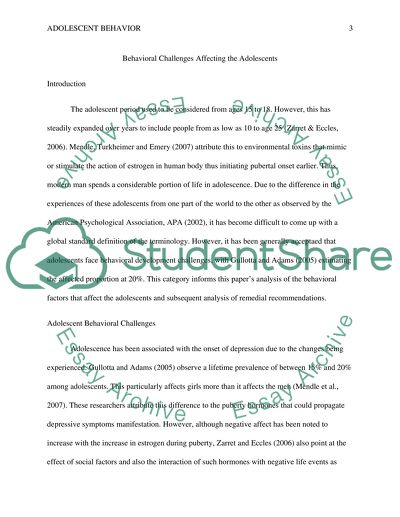Cite this document
(“The changing American Family Essay Example | Topics and Well Written Essays - 1500 words”, n.d.)
Retrieved from https://studentshare.org/psychology/1492072-the-changing-american-family
Retrieved from https://studentshare.org/psychology/1492072-the-changing-american-family
(The Changing American Family Essay Example | Topics and Well Written Essays - 1500 Words)
https://studentshare.org/psychology/1492072-the-changing-american-family.
https://studentshare.org/psychology/1492072-the-changing-american-family.
“The Changing American Family Essay Example | Topics and Well Written Essays - 1500 Words”, n.d. https://studentshare.org/psychology/1492072-the-changing-american-family.


